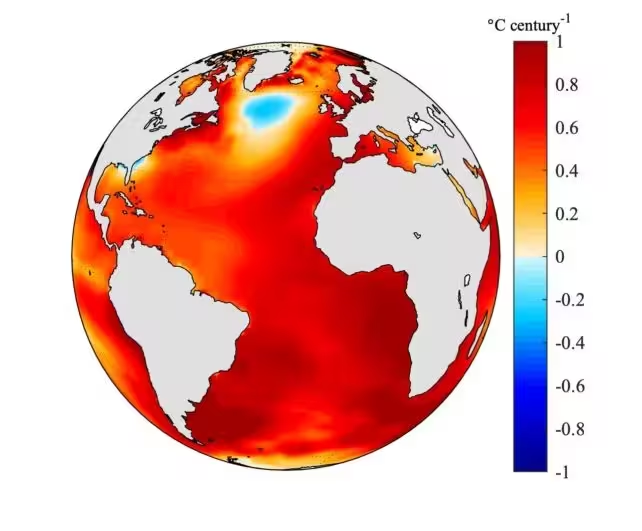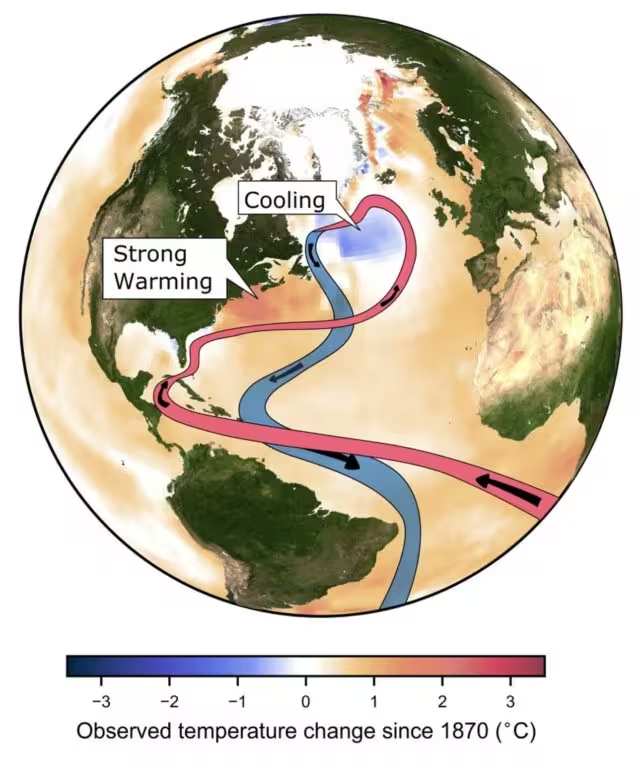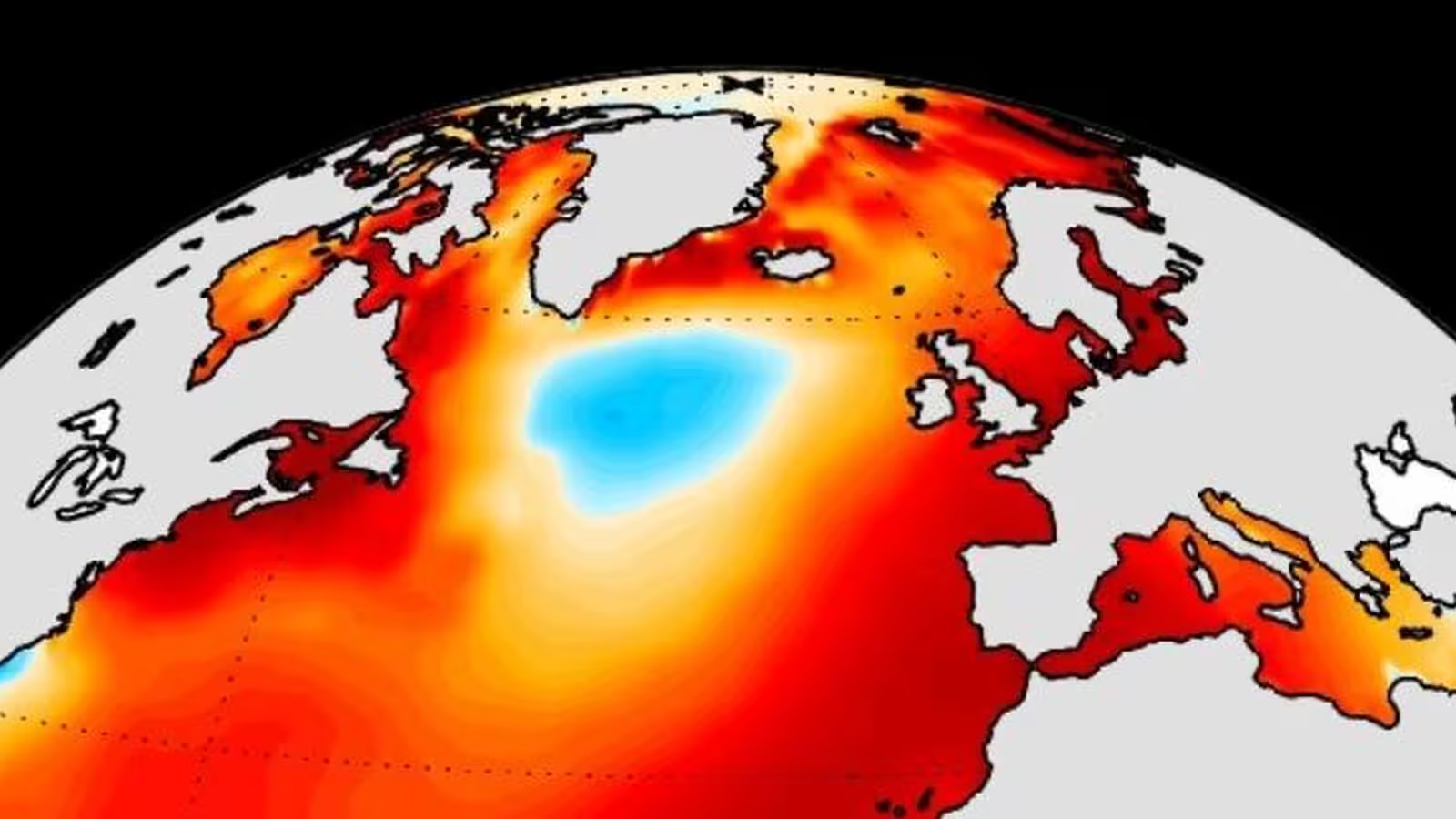3 Minutes
For more than a century, a persistent patch of cold water south of Greenland has defied the global trend of rapidly warming oceans. This "cold blob" has puzzled climate scientists, standing out as an anomaly amid rising sea surface temperatures driven by human-induced climate change.
The Science Behind the Cold Blob: Investigating an Oceanic Mystery
To investigate this phenomenon, Dr. Wei Liu, a climate scientist from the University of California, Riverside, and oceanographer Dr. Kai-Yuan Li conducted a comprehensive study of over 100 years of ocean temperature and salinity data. Their analysis revealed that the cold patch is not only a surface feature. Instead, it extends deep beneath the ocean surface—reaching down to 3,000 meters (almost 10,000 feet), emphasizing that this is a large-scale and long-lasting phenomenon.
The research team systematically compared observational data with a range of computer simulations. Remarkably, only one scenario succeeded in matching the cooling observed in this specific region: a significant slowdown of the Atlantic Meridional Overturning Circulation (AMOC), a vital component of global ocean circulation.

Understanding the AMOC: A Pillar of Global Climate Regulation
The Atlantic Meridional Overturning Circulation is a vast system of ocean currents that circulates warm, salty water northward from the tropics toward the North Atlantic. As the water moves north, it cools and gains density, eventually sinking into the deep ocean and flowing back south—a process crucial for regulating Earth's climate and redistributing heat.
However, climate change has triggered the accelerated melting of glaciers and ice sheets, injecting large volumes of freshwater into the North Atlantic. This dilutes ocean salinity and reduces the water's density, undermining the sinking and circulation process that sustains the AMOC. Li and Liu's analysis of salinity records confirmed declining salt concentrations in the northern cold patch, especially near melting glaciers, while salinity increased closer to the equator as circulation patterns weakened.
Between 1900 and 2005, the strength of the AMOC is estimated to have declined from -1.01 to -2.97 million cubic meters of water per second, according to their calculations. This pronounced weakening helps explain the persistence and depth of the mysterious cold patch south of Greenland.

Implications for Climate and Ecosystems
The slowdown of the AMOC carries significant global consequences. Should the system continue to weaken or even stall, as the models predict, climate patterns around the world would be disrupted. Monsoon cycles in the tropics could become less stable, while North America and Europe risk harsher winters. This would, in turn, threaten marine ecosystems, disrupt fisheries, and compromise global food security.
As Li puts it, "This work shows the AMOC has been weakening for more than a century, and that trend is likely to continue if greenhouse gases keep rising."
Conclusion
The discovery of the deep-rooted cause behind the North Atlantic’s cold blob underscores the interconnectedness of climate systems and the profound impacts of anthropogenic change. As one of Earth's essential heat- and salt-driven ocean circulations slows, scientists warn of far-reaching and potentially irreversible consequences for weather, ecosystems, and human societies. Continued research and action to address greenhouse gas emissions will be critical to understanding and mitigating these emerging risks.
Source: doi



Comments